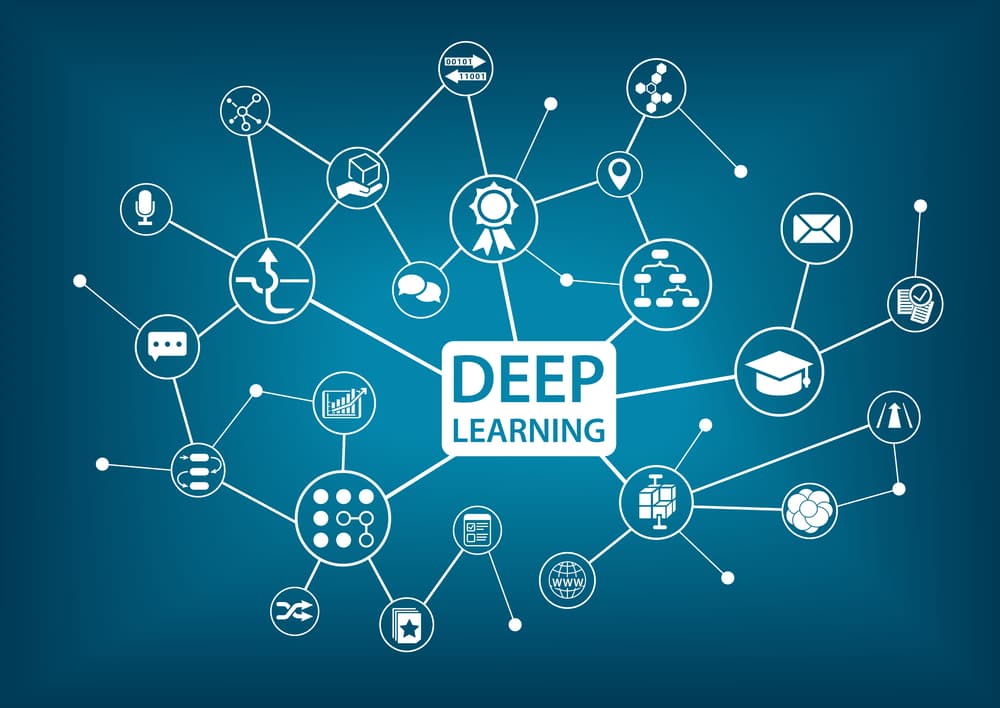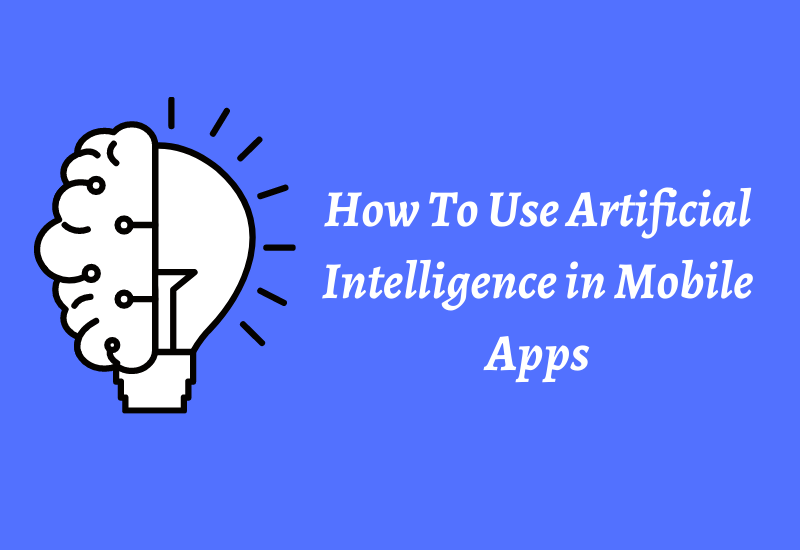Unveiling the Creative Power of Generative Adversarial Networks (GANs)

What are Generative Adversarial Networks (GANs)?
Generative Adversarial Networks, commonly known as GANs, were developed in 2014 by Ian Goodfellow and his team. GANs are a class of generative models that consist of two main components: the generator and the discriminator. These two neural networks compete with each other in an adversarial setting, leading to the generation of new data that closely resembles the training data.
Understanding the Components of GANs:
- Generator: The generator takes random input, often referred to as noise, and produces samples such as images, text, or audio that mimic the training data. Its goal is to generate samples indistinguishable from real data.
- Discriminator: The discriminator aims to distinguish between real and generated samples. Trained with real data and generated samples, it enhances its ability to accurately classify real data as authentic and generated data as fake.
In a dynamic dance, the training of Generative Adversarial Networks (GANs) unfolds—an adversarial game where the generator crafts samples to deceive the discriminator, propelling both networks towards continuous improvement.
The Training Process of GANs
The training process of Generative Adversarial Networks (GANs) is a dynamic interplay between the generator and discriminator, embodying an adversarial game. This intricate dance leads to the creation of new data that closely mimics the training dataset. Here’s an overview of the training process:
Initialization:
The weights of both the generator and discriminator are randomly initialized.
Training the Discriminator:
The discriminator is fed with real samples from the training data and generated samples from the generator. Its objective is to accurately classify samples as either real or fake, refining its ability to distinguish between the two.
Training the Generator:
The generator, in turn, aims to produce synthetic samples that can fool the discriminator. It receives feedback from the discriminator and adjusts its weights to improve its performance in generating realistic data.
Iterative Training:
Steps 2 and 3 are repeated iteratively, creating a continuous loop of improvement. The ongoing competition between the generator and discriminator encourages both networks to enhance their capabilities.
Convergence:
Ideally, the training process converges to a point where the generator generates high-quality samples that are challenging for the discriminator to distinguish from real data.
Throughout the training process, GANs engage in a delicate balance, pushing each other to refine their abilities. The adversarial nature of their interaction results in a generator that becomes adept at producing realistic data, while the discriminator becomes more skilled at differentiating between genuine and generated samples. This iterative and competitive training mechanism is at the core of GANs, allowing them to achieve remarkable results in generative modeling across various domains.
Applications of GANs
Generative Adversarial Networks (GANs) have showcased their versatility through a myriad of applications, leveraging their ability to generate data that closely resembles the training set. Here are notable applications of GANs across diverse domains:
-
Image Synthesis:
GANs excel in creating realistic images, from lifelike human faces to animals, enabling applications in art, design, and content creation.
-
Text Generation:
GANs can generate text, articles, songs, and poems based on the patterns learned from the training data, demonstrating their proficiency in natural language generation.
-
Music Generation:
By training on musical datasets, GANs can produce new melodies or even emulate the style of specific musicians, contributing to innovative music composition.
-
Image-to-Image Translation:
GANs can translate one type of image into another without changing the overall context, such as converting satellite images into maps or black-and-white photos into color.
-
Super-Resolution:
GANs enhance image quality by generating high-resolution versions of low-resolution images, finding applications in improving the clarity of images captured in low-light conditions.
-
Video Generation:
Predicting the next frame in a video sequence, GANs contribute to realistic video generation, benefiting areas like video editing, special effects, and virtual reality.
-
Speech Synthesis:
GANs can generate raw audio by training on speech data, allowing for the creation of realistic voices and enhancing text-to-speech systems.
-
Style Transfer:
GANs can be employed to transfer artistic styles from one image to another, enabling the creation of visually appealing and stylized artwork.
-
Data Augmentation:
GANs aid in generating synthetic data to augment existing datasets, facilitating improved training of machine learning models, especially in scenarios with limited real-world data.
-
Face Aging and De-aging:
GANs can simulate the aging or de-aging of faces, offering applications in entertainment and forensics.
-
Anomaly Detection:
GANs contribute to anomaly detection by learning the normal patterns in data and identifying deviations, proving valuable in fraud detection and cybersecurity.
-
Virtual Try-On:
GANs enable virtual try-on experiences in the fashion industry, allowing users to visualize how clothing items look on them before making a purchase.
These are just a few examples of the wide range of applications GANs have in the field of generative modeling. As research in this area continues to advance, we can expect even more impressive and creative applications in the future.
Future Possibilities:
As research in GANs advances, we can anticipate even more impressive and creative applications in the future. GANs have become a cornerstone in generative modeling, continually pushing the boundaries of what artificial intelligence can achieve.
Frequently Asked Questions (FAQs)
Here’s a set of frequently asked questions (FAQ) for the article Unveiling the Creative Power of Generative Adversarial Networks (GANs):
Q1: What is the primary concept behind Generative Adversarial Networks (GANs)?
A1: GANs work adversarially with a generator crafting data and a discriminator distinguishing between real and generated data.
Q2: How do GANs function in the training process?
A2: GANs iteratively have the generator produce realistic samples to fool the discriminator, which improves its ability to distinguish data.
Q3: What are the key applications of GANs?
A3: GANs apply to image synthesis, text, music creation, image translation, super-resolution, video generation, and speech synthesis, showcasing versatility.
Q4: Can GANs be used for realistic image generation?
A4: Yes, GANs excel at generating realistic images, including creating lifelike human faces, animals, and altering specific elements in images without changing the overall scene.
Q5: How do GANs contribute to text and music generation?
A5: GANs can generate text, articles, songs, and poems based on the training data, mimicking the style and content. They also excel in creating new melodies or cloning voices in music.
Q6: In what ways do GANs enhance image quality through super-resolution?
A6: GANs can improve image quality by generating high-resolution versions of low-resolution images, useful for enhancing details in medical images or images captured in low-light conditions.
Q7: How do GANs contribute to video generation?
A7: GANs predict the next frame in a video sequence, enabling realistic video generation. This has applications in video editing, special effects, and virtual reality.
Q8: Can GANs be utilized for speech synthesis?
A8: Yes, GANs can generate raw audio by training on speech data, showcasing the potential to create realistic voices and improve text-to-speech systems.
Q9: What can we expect in the future of GANs?
A9: As research in GANs continues to advance, we can anticipate even more impressive and creative applications across various domains, pushing the boundaries of generative modeling.




Extended Opportunity
Create Stunning Ebooks In 60 Seconds – https://ext-opp.com/AIEbookPal
Extended Opportunity
BIG NEWS: there’s a brand new software being launched today that legally tricks AI chatbots into recommending YOUR website.
Go check it out here ==>> https://ext-opp.com/ProfitSGE
That’s right: Just imagine…there’s 1.5 billion people using AI chatbots every day.
What if every time someone…
-> Searched for “best laptops for my needs”… the AI would show them your website?
-> Asked ChatGPT for “best doctors in my city”… it would send them to your local client’s business?
-> Begged Google Gemini for “FAST weight loss”… you guessed it, Gemini would FORCE them to visit your site, display your affiliate offer and fill your pockets full of sales!
This is a TRAFFIC & SEO revolution unlike anything that’s ever come before.
This is YOUR chance to legally “hijack” traffic from 1.5 billion AI chatbots users and funnel it straight to any offer, site, product – for yourself or your clients!
Get your copy here ==>> https://ext-opp.com/ProfitSGE